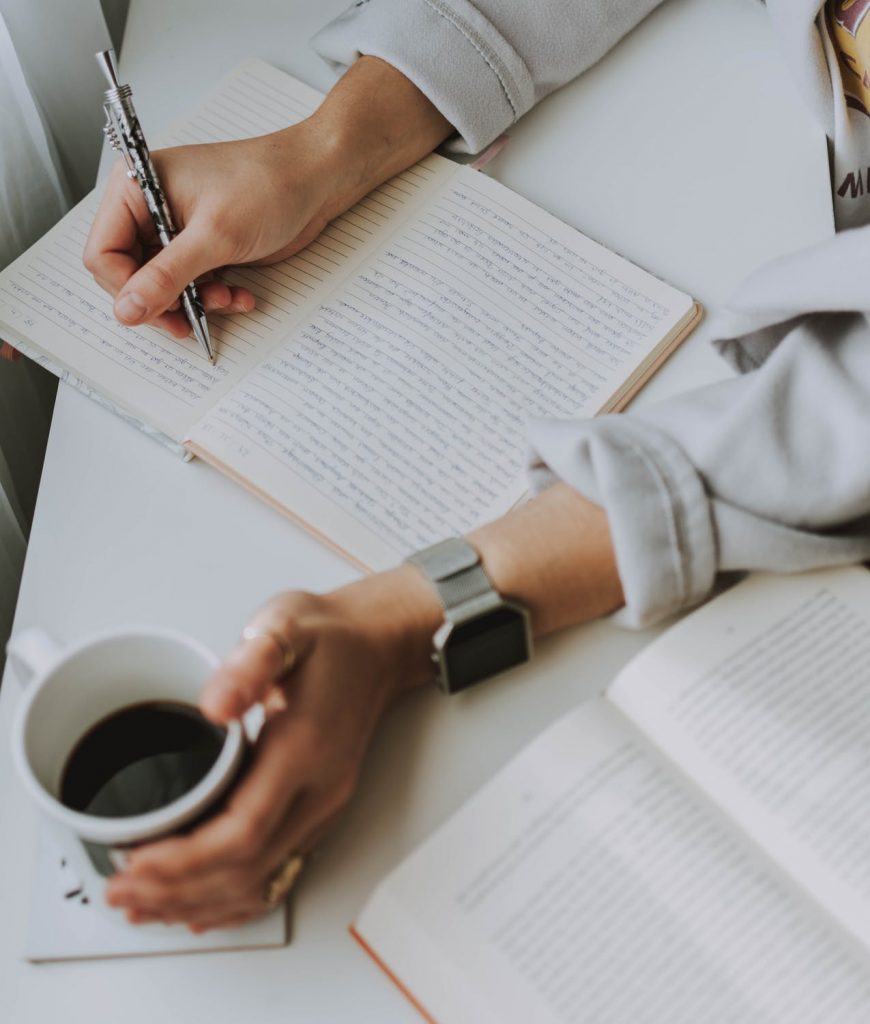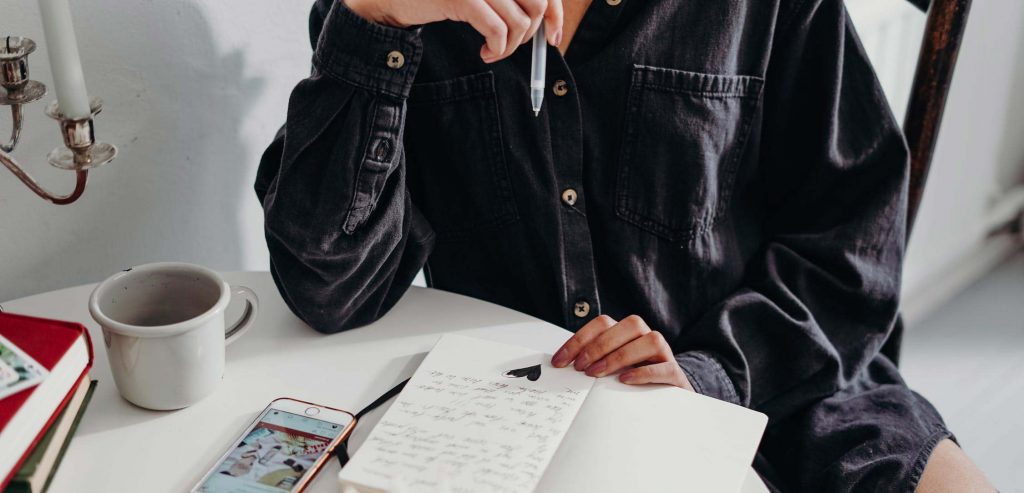Welcome back to our positive psychology intervention series part 5, where we share some practical tips, on how to be happy and positive. Today, let’s talk about journaling gratitude.
2 videos about gratitude? You may ask. Yes, because Gratitude is the easiest way to transform your life!
Writing things down can be really helpful and quite profound. You may not have someone that you can share your Gratitude and Best Self interventions with face-to-face, so other options may be to send letters, SMS or video. You might choose to send them to someone or just document them for yourself.
Writing a letter of gratitude is a really big intervention in Positive Psychology and is referred to as a “Pro-Social” Positive Psychology Intervention because you get the good feelings of writing it and they get the great feelings receiving it.
For this intervention, we are going to focus on expressing deep and meaningful gratitude towards someone to who we may not have already fully expressed our gratitude.

Gratitude journaling reportedly has huge impacts on your overall health, subjective well-being and happiness, not to mention your relationships.
Journaling gratitude is used as a tool to keep track of all of the positive things in a person’s life, to say “Thanks” by having appreciation, and being grateful for those things existing.
Not only should we try to be grateful, but regular journaling can also aid in someone’s mental preparation for when things are not so good as well.
You can use many things to help you journal gratitude, such as pre-written journals; notebooks; diaries; post-it notes or even pieces of paper.
If you have a green thumb, in this Information Age you can also use apps that have been developed. This especially helps if pop-up reminders will help you to remember to stick at this activity. You could simply just open Word or Notes on your computer or phone, as well.
Researchers suggest that gratitude is more than a cultural construct. Gratitude is embedded in us through evolutionary history; our brains and DNA; and in a child’s development. (Allen, 2018)
Neuroscience has linked different areas of the brain that are involved in experiencing and expressing gratitude. Researchers have even linked personality and gender to a person being more inherently gratuitous.
PRACTICE
Firstly, Connect to your feelings, what are you noticing when you sit mindfully in a space of gratitude for the person. What impact have they had on your life? What did they do and who were they being that inspired gratitude within you? Let the good vibe sink in with you for a little bit before you write them down.

5 THINGS YOU CAN DO TO REALISE THESE BENEFITS
These suggestions adapted from Sansone & Sansone (2010) and Emmons (2010) are easy to do daily, or weekly if this better suits you.
- Journal about things, people, or situations for which you are grateful
- Write a gratitude letter to someone for whom you are thankful for
(You can write the letter and not send it (this may be applicable if the person you wish to write to has passed away or you may not know where they are). ) - Do the “Three Good Things” exercise: at the end of the day, write down three things for which you were grateful
- Write thank you notes: challenge yourself to write one hand-written note every week for at least a month
- Create visual reminders to practice gratitude, such as sticky notes and notifications
BONUS
Here’s a little bonus tips to consider when crafting your letter of gratitude:
- Share specifically and exactly why you are grateful for them
- “This is why I am grateful for you…”
- “I am grateful for you because…”
- Let them know that they do not have to reply if they don’t want to
Thank you for reading this Positive Psychology Intervention series, if you want to know more about it, don’t hesitate to send me an enquiry.
If you haven’t watched my video about this topic, please find time to do so, and don’t forget to like and subscribe to my youtube channel.
I’ll see you next practical tips about “Loving Kindness”.
